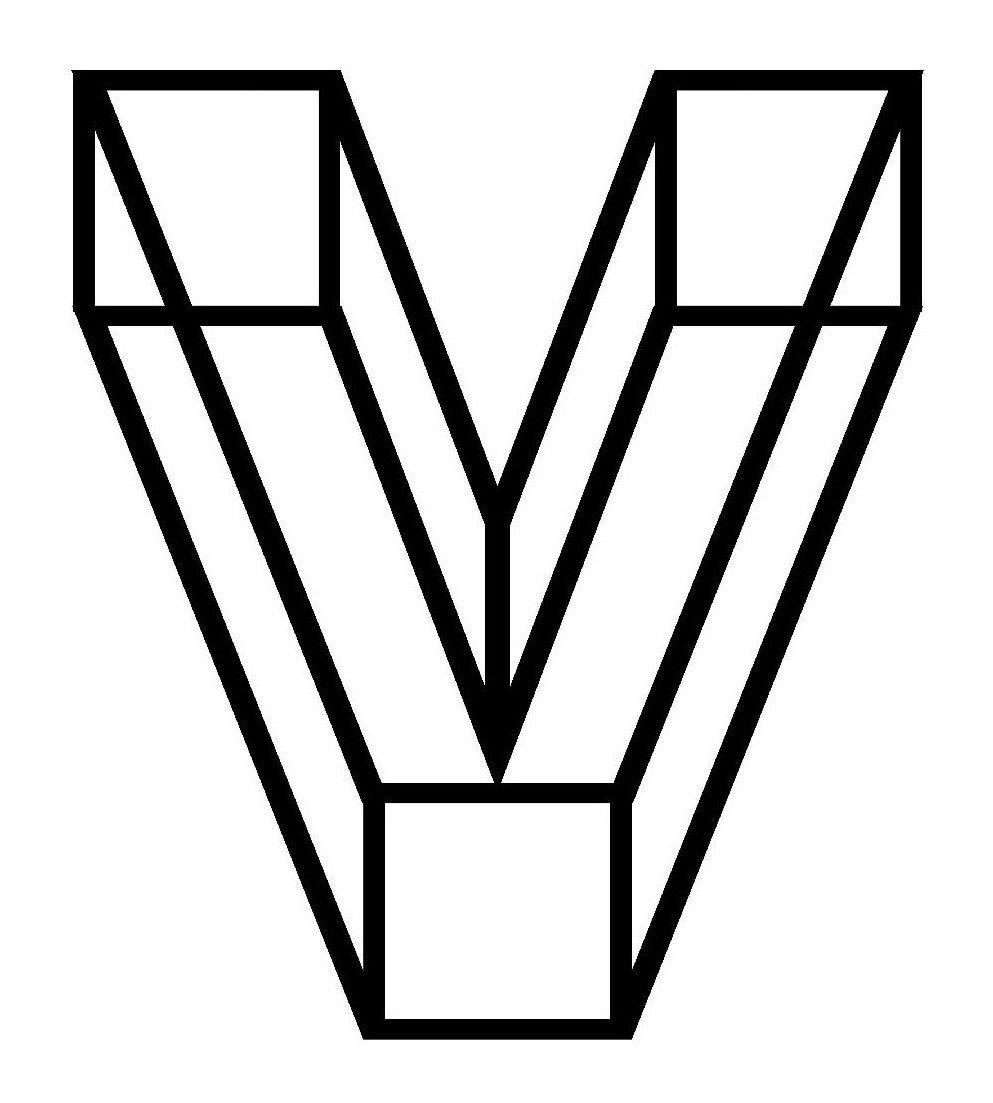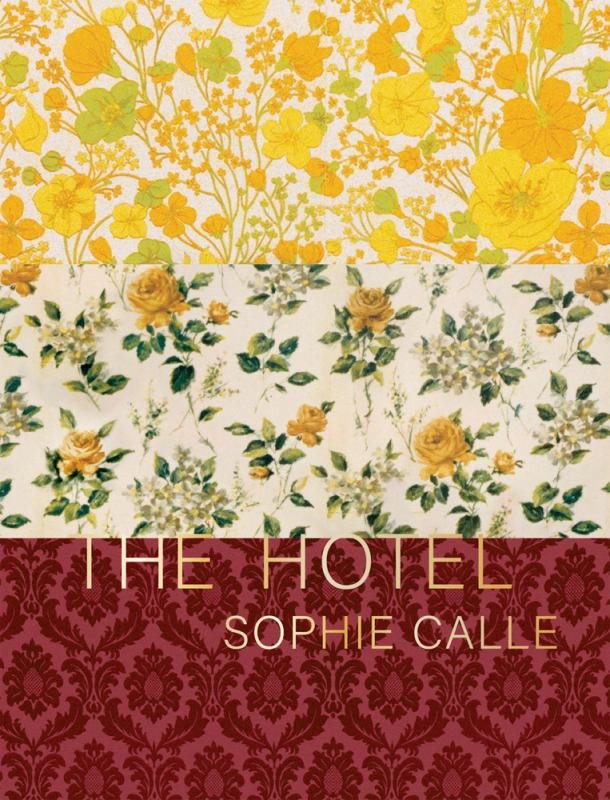HOTEL by Sophie Calle — reviewed by Stella
This book is exquisite. It’s not just the packaging, even though this is a great start: cloth-covered, gilt-edged, and excellent layout make this a pleasure to hold in the hand and eye. The cover is a triptych of patterns, reminiscent of wallpaper, fabric sheets or curtains and the golden edges are just the right touch of tack and glamour. The endpapers are the perfect hotel green. For this is a book about hotels, or rather those who stay in them through, the eyes of a chambermaid. In fact, a not-a-chambermaid. French artist Sophie Calle spent a few months in 1981 employed at a Venetian hotel. Here she conducted a series of observations in photography and text of the rooms she cleaned when the guests were absent. She was a voyeur, an explorer into what is both intimate and anonymous. She cleaned rooms and took photographs, read guests postcards, noted their underwear, the way in which they slept in the beds. She opened suitcases and clicked her camera. She pried. The result was an exhibition and later a book — a book which until now has been available only in French. This new English-language edition of Hotel from Silglo is a welcome addition to Calle’s other artist books. The photographs are a mix of black and white and stunning colour. The elaborate decor (the floral glitz and the formal wooden furniture) of the hotel rooms is lovingly juxtaposed with the personal effects of the visitors: some drab, commonplace; others surprising and cumulatively interesting. Why does this guest have a letter from 16 years ago on holiday with them? What can it be but nostalgia? The two women in Room 26 have near-matching pyjamas, porn magazines and cigarettes — they leave behind the two coke bottles, mostly empty and the magazines in the rubbish. The family in Room 47 have a balloon tied to a drawer handle, towels piled up in the bidet, repetitive postcards, and Calle’s assessment on day one, “On the luggage stand, a second suitcase. It is full. I don’t go through it; I just look. I am bored with these guests already.” And what do they leave behind — a deflated balloon and stale biscuits. Some guests are neat, others unpack everything. Calle notes their nightclothes, whether they use them, the arrangement of their pillows — the different approaches between couples. What medicines and cosmetics do they carry with them? She leaves us to draw our own conclusions as to the why. The photographs are intriguing — the objects, the angles with which Calle captures these fleeting moments, these ‘peepings’ into others’ lives through things and the way in which they interact with their environment — the hotel room. The careful calculations of light that cross these rooms, highlighting a crease in the sheet, or a slight rucking of the carpet, or the shine of new luggage or the wear and tear of old, is testament to Calle's skill behind the lens. And the text adds another dimension. It tells us what Calle does, how she sees the guests and what she does in the rooms. Each episode is recorded by Room, date and time. The best episodes straddle multiple days — with each visit to a room (with the same occupants) Calle seems bolder and more intrigued with the evidence of the guests. This isn’t merely reportage — Calle laces her words with droll humour and a storyteller’s gift, taking us, the readers, into our own imagination as we become voyeurs alongside her. Somehow it never seems that she is stepping over a border, although she trends very closely to the edge. We are briefly submerged in the lives of others while remaining at a distance, remote, despite this most intimate experience.

